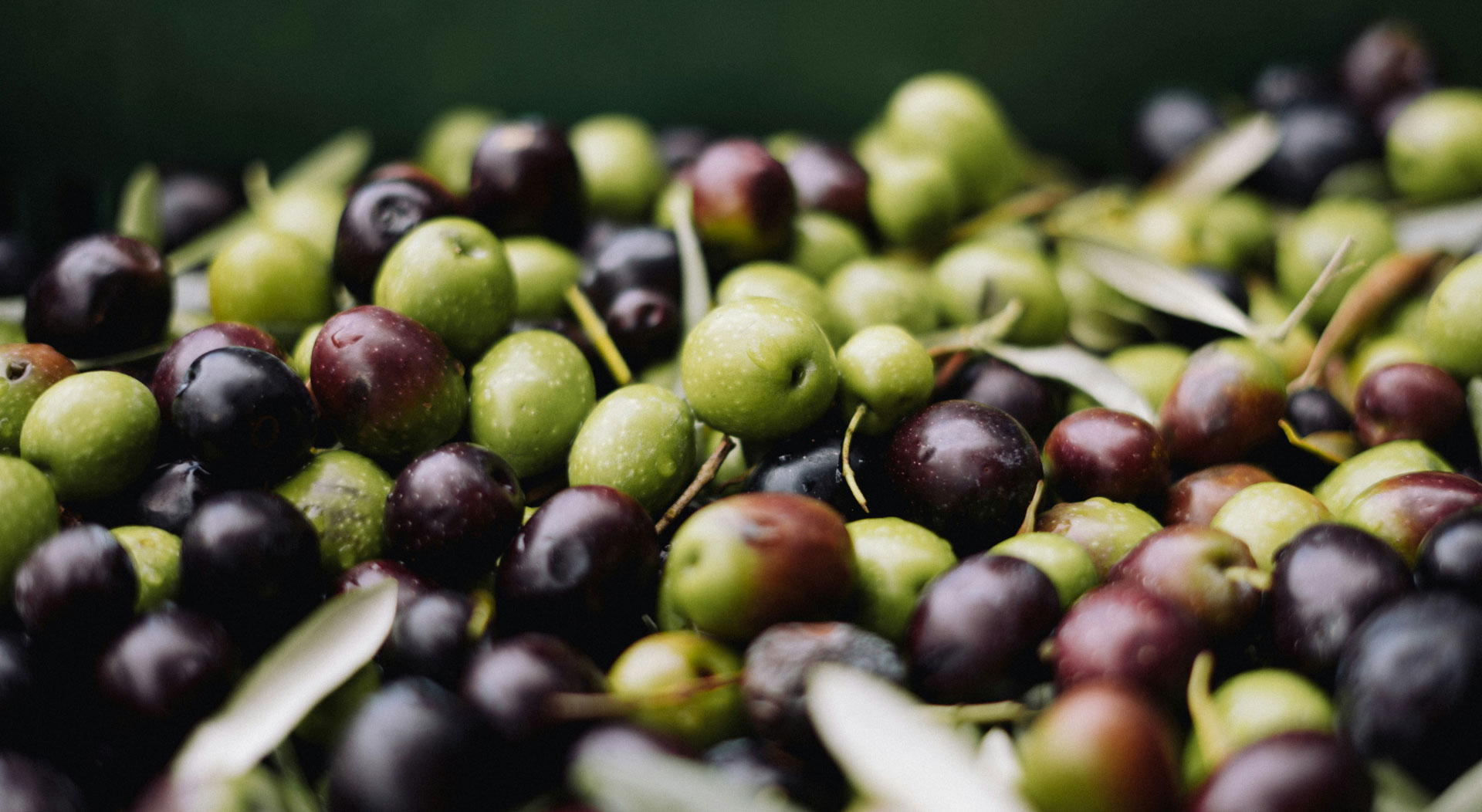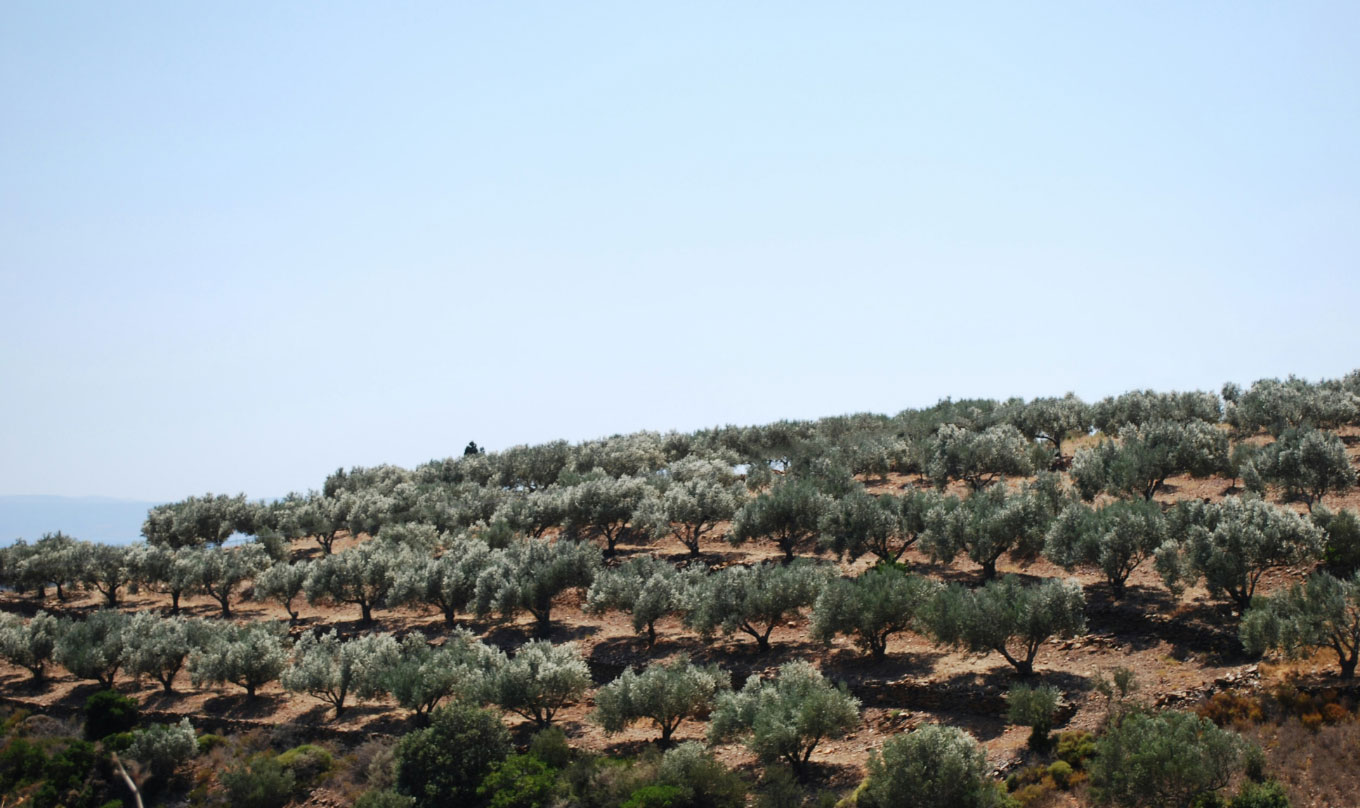 06.06.24
06.06.24
Olive Oil Categories
Explore the main categories of olive oil, defined by distinct production methods and chemical parameters, essential for assessing their quality and suitability in various uses.
read more
When we welcome visitors, we often hear surprising claims about olive oil. Many of them, however, are based on misconceptions. Let’s see some of the most common myths and correct them!
False. Olive oil crystallizes at around +7 °C / 44.5 °F, and refrigeration does not protect it from its biggest enemy: oxygen. On top of that, older refrigerators often produce excess humidity, which accelerates quality deterioration.
False. Freezing is not proof of quality. Canola, sunflower, and other refined vegetable oils also solidify in the refrigerator.
Not really. All vegetable oils have the same caloric value: 9 calories per gram. Some companies market “Light Olive Oil,” but this only refers to a lighter flavor, not fewer calories.
Yes. Olive oil is simply the juice of olives.
Quite there! Olive oil plays a key role in a balanced diet, but health also depends on lifestyle. Combine it with physical activity and wholesome eating habits, and you’ll greatly improve your chances of staying healthy for many years.
False. What truly matters is respect for the fruit, careful timing, and sustainable practices. Different harvesting methods can all deliver high-quality olives:
Handpicking — Gentle on the fruit but labor-intensive.
Beating — Using sticks to knock olives onto nets, common in Crete.
Shaking — Machines shake the trunk so olives fall onto nets.
Mechanical harvesting — Large machines sweep over trees, collecting olives quickly and sending them directly for milling.
False. Every variety has unique traits. Just like grapes in winemaking, skilled producers can craft excellent olive oils from any variety with the right care and process.
False. Color shows ripeness, not variety. All olives start green and gradually darken to shades of black, purple, or deep blue as they mature.
False. The main argument is that through filtering we lose some antioxidants. Seeing this commercially, the consumer will be able to buy unfiltered olive not faster than 30 days from its production. This means we have already lost these possible extras, plus the residue that will start forming in the bottom is as bad for the olive oil as oxygen and light are. These leftover particles eventually harm the olive oil. Filtering, on the other hand, removes solids and moisture, extending freshness and stability.
False. This term describes an old, pre-industrial method of pressing olives multiple times and edible olive oil came from the first pressing. Today, olive oils are made using modern centrifugation, which produces far superior results. “Cold extraction” only means the temperature stayed below 27 °C, not that the olive oil is automatically high-quality. The quality still depends on the fruit and process.
False. Color is not an indicator of quality. In fact, if you can see the oil’s color, it probably means it’s sold in a transparent bottle — something to avoid, since light damages oil.
Not necessarily. After the best-before date, olive oil may lose its “extra virgin” classification, but it remains safe to use. Taste it: if the flavor is acceptable for you personally, you can still use it for cooking, roasting, sauces, dips, or even herb-infused oils.
There are so many olive oil myths to be debunked! Myths and misconceptions about olive oil are widespread, but knowledge helps you make smarter choices. By understanding how olive oil is produced, stored, and evaluated, you’ll know how to choose and enjoy the best it has to offer.
Sources:
 06.06.24
06.06.24
Explore the main categories of olive oil, defined by distinct production methods and chemical parameters, essential for assessing their quality and suitability in various uses.
read more 04.06.24
04.06.24
Learn how to choose the best olive oil with tips on category, extraction methods, origin, and storage practices to preserve its quality and flavor.
read more